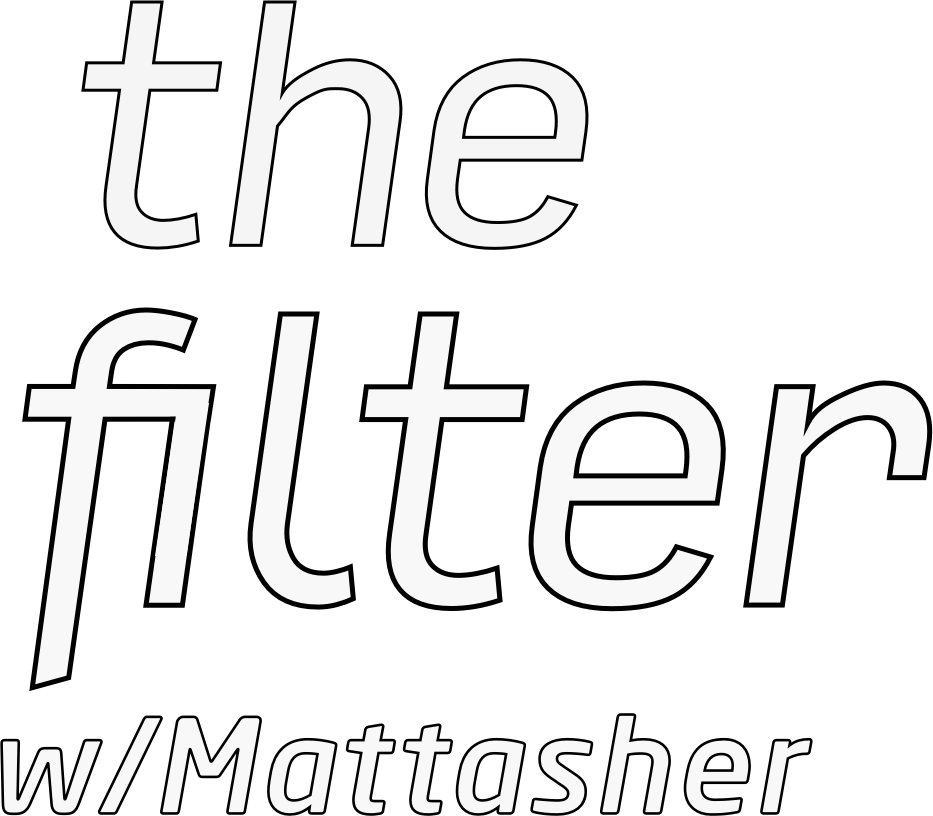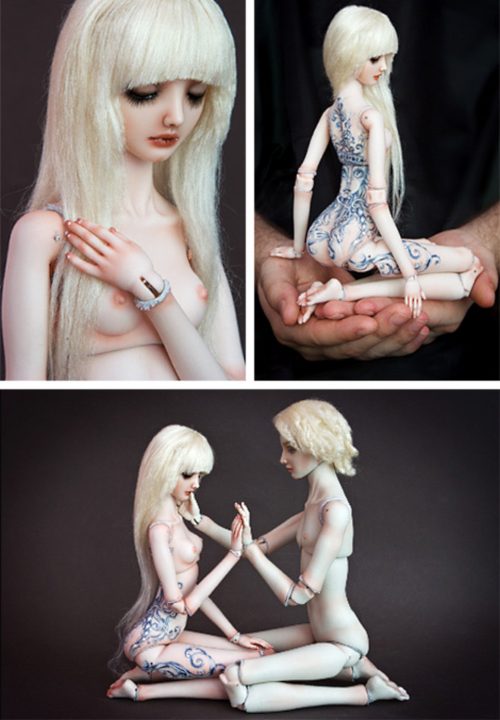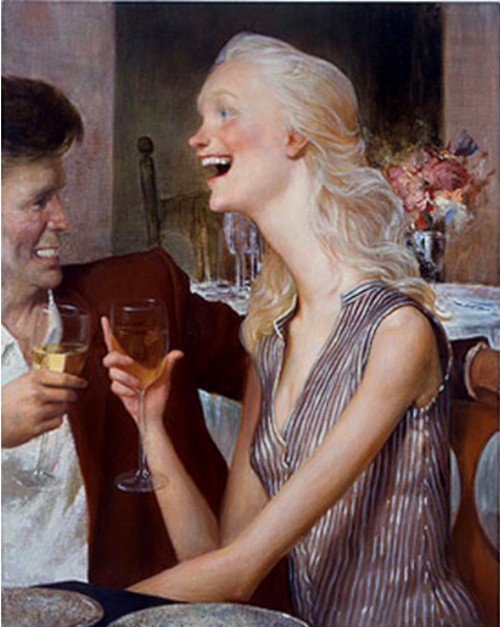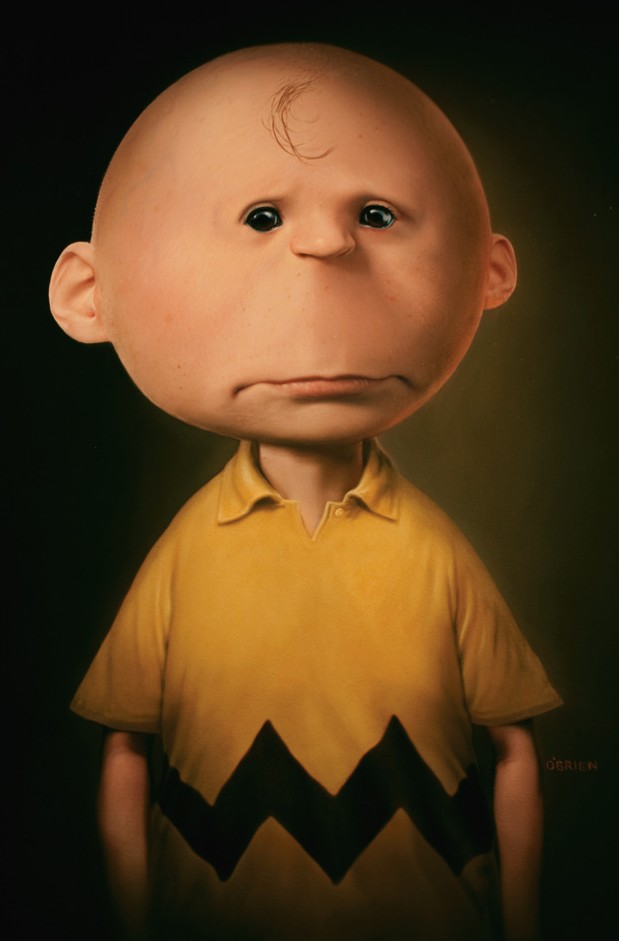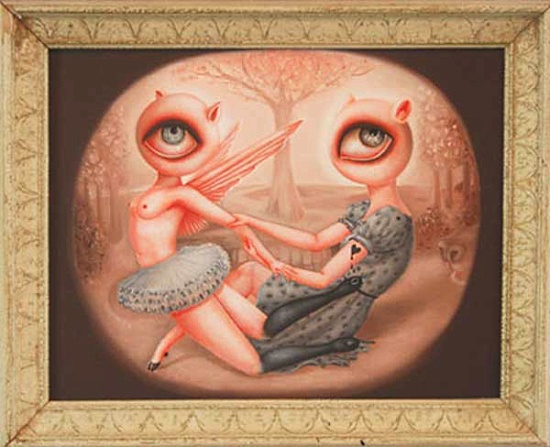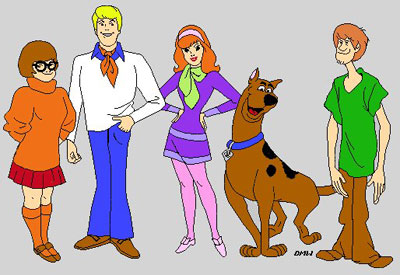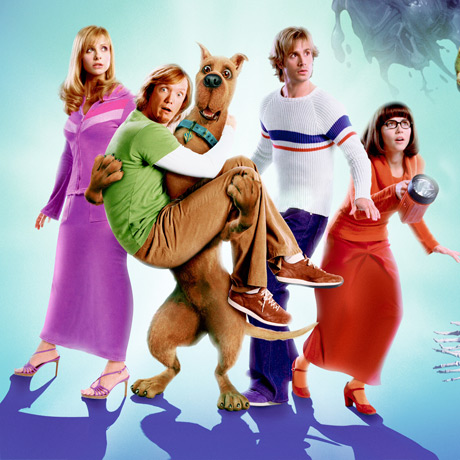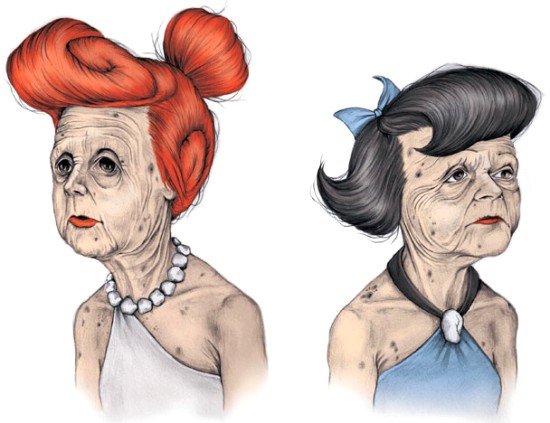
In cartoon land, with very few exceptions, the young are eternally young and the old never die. Celluloid images fade in color, but never in form; the zeros and ones of a JPEG keep their youthful appearance for as long as the files stay uncorrupted.
We tend to like the iconic images of our youth untarnished, unaffected by the natural cycle of decay. I suspect that aging cartoons would ruin the nostalgia felt by some and that the added layer of realism gives others the queasy feeling of staring into the uncanny valley.
For my own part, I would love to see an explosion in artwork depicting aged versions of cartoon characters, to compliment the untooning phenomenon.
Supposing that Wilma Flintstone and Betty Rubble were 25 years old when The Flintstones made their TV debut in 1960, and if time and gravity took its normal course, they would turn 76 this year and no doubt look just like illustrator Matthias Seifarth portrays them.
